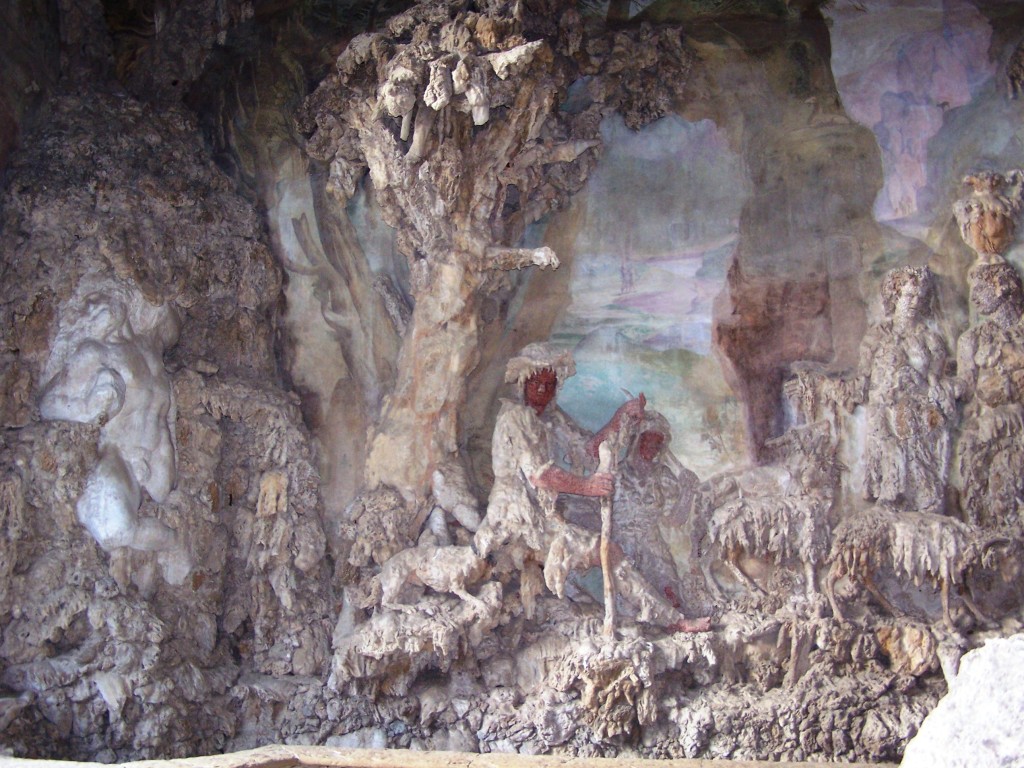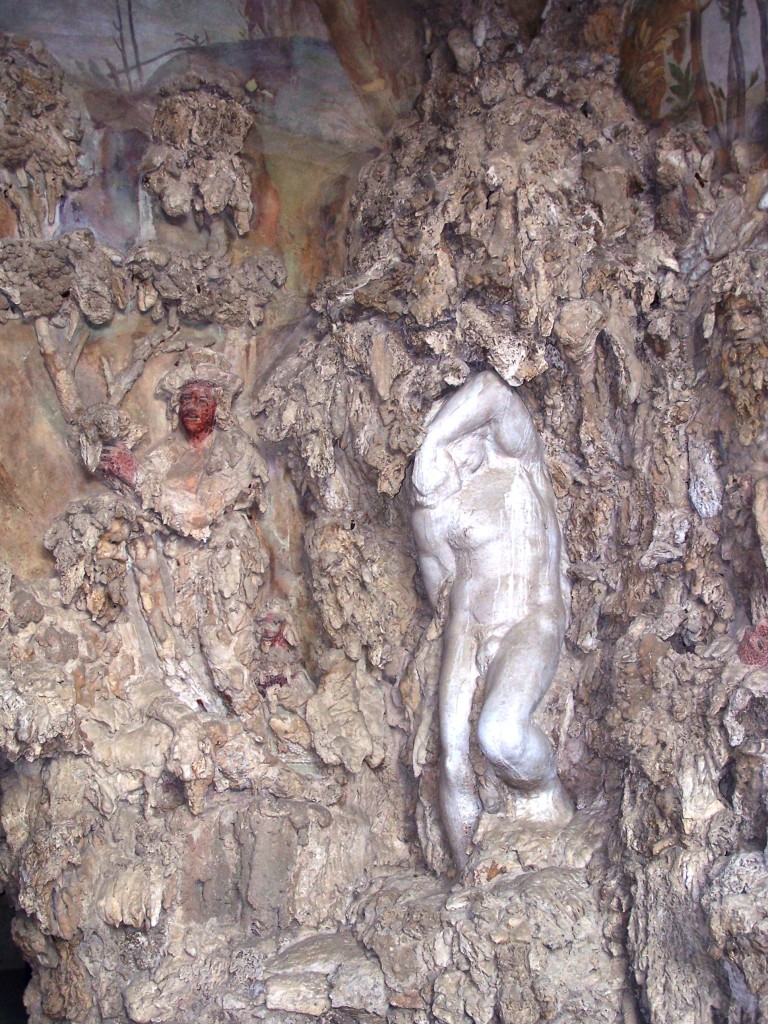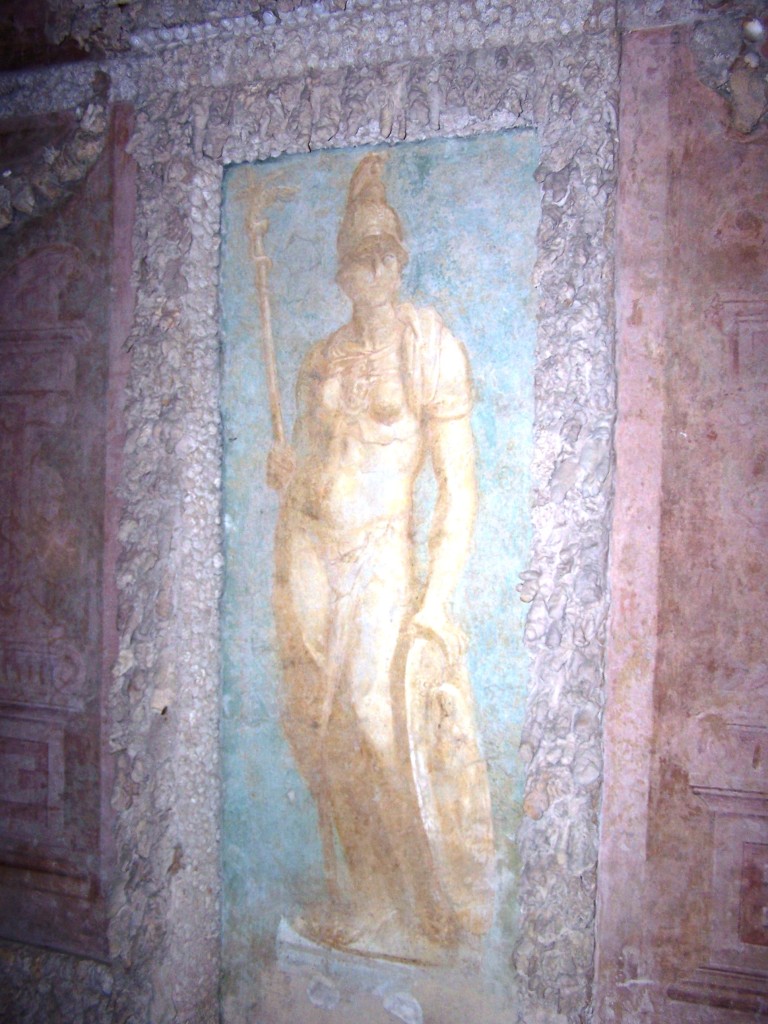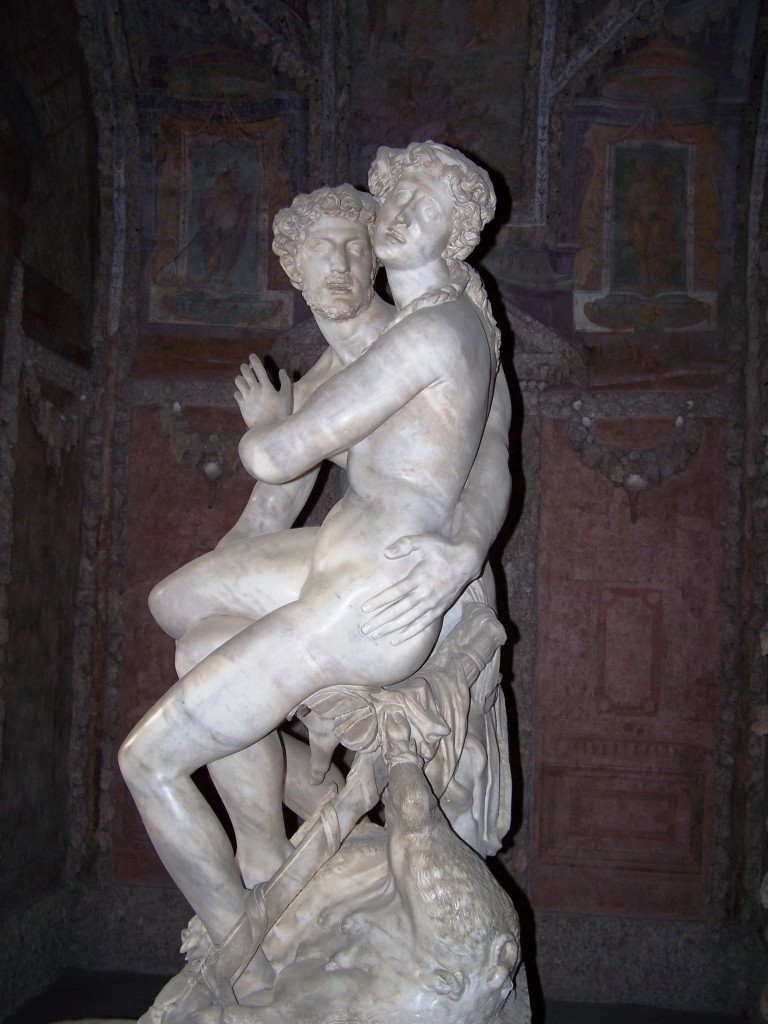On the 18th January1788, when Captain Arthur Phillip stepped off HMS Supply and on to the beach at Botany Bay, he took the first physical step in the application of the doctrine of terra nullius in Australia. The pernicious application of that notion was instrumental in usurping the land of the Indigenous owners of this vast country, while simultaneously attempting to assuage the legal, ethical, and moral conscience of its British invaders. For more than two centuries since, a series of Commonwealth governments have done little to redress this shameful injustice; some have attempted to set the ground work for limited reparation, albeit mostly symbolic, while others have deliberately and methodically obstructed such attempts.
The seeds of this fallacious interpretation of terra nullius had been sewn by botanist Joseph Banks in a report which he made to the British Society when, in 1771, he returned from a ‘scientific expedition’ to the south Pacific Ocean aboard HM Bark Endeavour, captained by James Cook (Banner 2005, p. 99). Subsequently, in 1779, while providing evidence before a House of Commons committee, Banks recommended Botany Bay as a suitable destination for the transportation of convicts. The British government was desperate to relieve a penal system which had become excruciatingly overloaded due to the cessation of trans-Atlantic transportation in the wake of the private slave trade between Africa and North America, and the ongoing battle for independence by the North American colonies.
Terra Nullius is a Latin term, derived from the principle of res nullius established in ancient Roman law; it literally translates as being ‘earth of no person’ or ‘land belonging to no one’. The term is used in international law to define territory over which there has never been a claim of sovereignty, or over which sovereignty has been relinquished. Having a status of terra nullius means that territory can be claimed as sovereign land by any occupying state.
Relying entirely on a flawed semantic interpretation, one commentator, Michael Connor[1] argued about the validity of the use of the term in the Australian context (Connor 2003). He argued that the term was unknown to Australian colonists and never used by the British to justify settlement. He went so far as to deny that anyone had ever said that Australia was terra nullius at the time of European settlement. In an attempt to justify this denial of ‘terra nullius’ he accused historian Henry Reynolds of muddling the term with “a real legal term, res nullius, – ‘a thing which has no owner”’. Basic research, however, shows that it is Connor who misunderstands the application of the term, is ignorant of its evolution, or both:
As far back as the 17th century we have evidence that the British were clearly accustomed to the interpretation of the ancient concept of ‘res nullius’ as being applicable to territory (ergo ‘terra nullius’). In 1635, John Seldon[2], a leading English jurist, and legal and constitutional scholar, wrote “It has been truly a custom of old, and which holds to this day in the more eminent Nations, that vacancies are his who apprehends them first by occupation; as we use to say of those we call no man’s Goods. This appears plain in the Imperial Law; …” (Seldon 1652). Arguments about which specific words may have since been used to apply to the occupation of ’vacant’ land are petty, vexatious, and miss the point. These semantic distractions are typical of those commonly used as a smoke screen to divert attention from the real issues – the enormity of the injustices suffered by Indigenous Australians.
By the time of Britain’s colonisation of Australia in the late 18th century, one of the pre-eminent authorities on International Law was Emmerich de Vattel, a Swiss philosopher and legal expert. Vattel’s work on International law was comprehensive. Entitled ‘The Law of Nations or the Principles of Natural Law’ (1758) it was divided into four books dealing respectively with nations in themselves; nations in respect to other states; war; and the restoration of peace in its aftermath. Numerous sections define nations and their responsibilities to each other and these would have clearly encompassed the Indigenous population of Australia at that time. The first item in the Preliminaries chapter defines Nations or states as “societies of men united together for the purpose of promoting their mutual safety and advantage by the joint effort of their combined strength” (Vattel 1867, Prel. Sect. 1). Vattel goes on to assert “that each nation should be left in the peaceable enjoyment of that liberty which she inherits from nature. The natural society of nations cannot subsist, unless the natural rights of each be duly respected.” (Vattel 1867, Prel. Sect. 15) Furthermore, on the equality of nations he states that “Nations composed of men, and considered so many free persons living together in a state of nature, are naturally equal, and inherit from nature the same obligations and rights.” (Vattel 1867, Prel. Sect. 18). The size of the nation, no matter how large, or small, was in Vattel’s view, irrelevant.
Many of these definitions were undoubtedly applicable to the communities of Aborigines populating Australia at that time. If the British did not appreciate this then, due to the misleading information initially provided by Cook and Banks (Banner 2005, p. 99), they were soon to learn of the true situation through the observations and experiences of Governor Phillip, and others. History, however, shows us that they preferred instead to maintain the view of the situation as being more suited to the implementation of Vattel’s theory on ‘how a nation appropriates to itself a desert country’; clearly another interpretation of terra nullius. Vattel proclaimed that all men have an equal right to things that have never belonged to anyone and that they will belong to the first person to take possession of them. Therefore, he said, that when a nation finds a country without an owner, it may lawfully take possession of it, after which it cannot be deprived of it by another nation. (Vattel 1867, Bk. 1, Ch.18, Sect. 207).
To further justify the idea of null ownership the British also applied another theory espoused by Vattel on ‘cultivation of the soil’ in which he declared that all nations have an obligation under the law of nature to cultivate their land, as it is destined to feed its inhabitants and would be unable to do so without cultivation. (Vattel 1867, Bk. 1, Ch.7, Sect. 81). This idea fitted comfortably with a long tradition of European thought which tied property rights to the level of civilization achieved by a given society (Banner 2005, p. 101) and had been expressed by seventeenth-century theorists such as Locke, Grotius, and Pufendorf. (Banner 2005, p. 102). The common consensus was that a society which did not improve its land through agriculture and the addition of infrastructure, such as hedgerows and fences, did not have property rights in the land.
It is no exaggeration to say that the ensuing application of terra nullius did not only rob the Aborigines of their land; it robbed them of their vitality – their spiritual connection with their living and dynamic history[3] – and in so doing robbed them of a fundamental part of their personal and collective psyche. In Indigenous societies the connection between people and Country is both critical and essential and transcends the understanding of European philosophy. In much the same manner as Edward Said had noted when describing the application of the ‘other’ in the process of subjugation of colonised Near-Eastern communities, the British imposition of terra nullius in Australia reduced the status of the Indigenous population to a race of ‘non-people’ while firmly entrenching the British in the position of unmitigated superiority and authority. As with Said’s Orientalism, Australian Colonialism depended for its strategy on this positional superiority (Said 1995, p. 7). It is a sad reality that when a subjugated people are exposed to an overwhelming form of cultural humiliation and isolation, over an extended period, many will begin to see themselves in terms of that image imposed upon them by the subjugator. Said recognised this as a deliberate process.
Although it soon became abundantly clear that Australia was in fact inhabited by considerable numbers of Indigenous people and that they had closely established links with particular tracts of land (Reynolds, Dispossession: Black Australians and White Invaders 1989, pp. 72-77), the fiction of terra nullius was sustained. However the imposition of terra nullius on Indigenous Australia was only the beginning. Far worse was to come.
From the beginning of settlement Aborigines were forced to become subjects of the Crown and were thus subject to the protection of its common law. In spite of the claim that English law was blind to racial differences, over 20,000 Aborigines were killed during the course of settlement (Reynolds, The Law of the Land 1987). Henry Reynolds likens this corruption of common law to the way in which it was corrupted in Britain’s slave colonies. Slavery, however, was abolished by Imperial legislation in 1833, by which time forced and uncompensated dispossession of land was also frowned upon by the Imperial government. Despite this, the Australian colonists continued to take Aboriginal lands whilst somehow denying that their actions clearly amounted to theft. (Reynolds, The Law of the Land 1987, p. 4)
The inability, or reluctance, of Australian lawmakers to recognise and address these injustices is at the root of the persistent tension between Aboriginal and European Australians. For more than two hundred years, with grave justification, Aborigines have harboured a deep sense of the sustained and grievous wrongs inflicted on their people since their first unwelcome encounter with the British invaders.
The American political scientist and expert in international law, Quincy Wright, noted that it was argued throughout Asia and Africa that ex-colonial peoples couldn’t be expected to accept the validity of claims made on their territory, by force, under the theory of “territorium nullius” prevalent in the age of discoveries (Wright 1962, p. 629). Sharon Korman considered that Wright was not quite accurate in representing the posture adopted when the European powers had confronted non-Christian political communities in the New World, Asia, and Africa (she said that in fact it was not generally the case that tribal societies were simply ignored and their lands treated as terrae nullius), but she noted the exception in respect of Australia (Korman 1996, pp. 41-43). Not accepting the validity of the claims is one thing, however, but redressing the consequent injustices inflicted is entirely another.
From the outset, beginning with terra nullius, the injustices inflicted upon the Aboriginal people were almost entirely motivated by the drive for acquisition and control of their land. The use of force, both with and without the imprimatur of the colonial government, devastated entire communities. In the course of their dispossession, rape and murder were commonplace. It seemed that no means of reducing or eliminating local populations was considered too barbaric by avaricious pastoralists and miners, keen to protect their livestock and increase their land holdings. Entire Indigenous communities were destroyed; shot, and poisoned, with little evidence of remorse on behalf of the perpetrators of these diabolical crimes. In more enlightened times, when a mood of social justice underlies the fundamental premises of international and national law making, it would seem logical that recognition of the Indigenous peoples’ connection to their land should be at the heart of the process of reconciliation. Acknowledgment of Native Title and land rights are the fundamental building blocks for this process.
Sir William Deane, when Governor General of Australia, said that true reconciliation cannot be achieved in the absence of the nation’s acknowledgement of the wrongfulness of the past dispossession, oppression and degradation of Aboriginal peoples (Deane 1997). Social Justice Commissioner Michael Dodson has emphasised that you must begin with the land to understand Aboriginal law and culture, and the Aborigines’ relationship to the physical and spiritual world. “Everything about Aboriginal society,” he said, “is inextricably interwoven with, and connected to the land… You take that away and you take away our reason for existence” (Dodson 1997, p. 41).
Decades of struggle were to pass with little improvement in the treatment of Indigenous Australians. The violent assaults were eventually replaced by less obvious, but more insidious, attempts at their eradication in the form of ‘assimilation’ through the arbitrary removal of children from their families (Bringing them home: The ‘Stolen Children’ report (1997)). A well-conditioned public, thoroughly convinced by the pervasive dissemination of mis-information, generally believed that the government had the best interests of the Aborigines at heart. As a fairly typical young child in the 1950s, I regret to admit that I was one of them.
It wasn’t until the 1960s that some defining moments in the history of the land rights movement were to occur. These were to lead to changes in Commonwealth law, finally allowing Aborigines recognition as citizens, and were also to influence a change in the way in which the general public perceived their treatment.
In August of 1963 bark petitions[4] demanding respect for the land rights of the Yolngu people of north-east Arnhem Land were sent to the House of Representatives in Canberra. The Yolngu, as the traditional owners of the Gove Peninsular, were responding to a Federal government decision to allow a bauxite mine on their land. A government enquiry followed but the mine went ahead. Three years later, Aboriginal pastoral workers and their families walked-off Wave Hill Station, in the Northern Territory, in protest at their conditions and in demand of the return of some of their traditional lands. This demand, too, was rejected. The effect of these incidents was to increase the general public awareness of, and support for, Indigenous land rights (Yunupingu 1997). This new awareness helped in preparing the way for the success of the 1967 referendum on altering the Australian constitution. 90.77% of voters cast the largest ‘yes’ vote recorded in any referendum, enabling the inclusion of Aborigines in the national census, and making them subject to Commonwealth, rather than just state, laws (Australia, Parliamentary Library 2007).
In 1968 the Yolngu people took out writs in the Supreme Court of the Northern Territory against the Nabalco mining corporation. This litigation was to become known as the ‘Gove land rights case’ and was the first of its kind in Australia. In rejecting the claim of native title, the presiding judge, Justice Blackburn, effectively legitimised the concept of terra nullius (Milirrpum v Nabalco Pty Ltd 1971). Twenty years later this decision was overturned by the High Court of Australia in the ‘Mabo hearing’ (Nettheim 1995, p. 36). Significantly, in the aftermath of the Gove land rights case, in 1972, the newly elected Whitlam government instigated the Aboriginal Land Rights Commission under Justice Woodward. The Commission made several significant recommendations. Amongst these were the recommendations that Aboriginal reserves should be handed over to the Aboriginal inhabitants; Aborigines able to establish traditional ties should have claim to vacant crown land; sacred sites were to be protected; land councils should be set up to administer Aboriginal land; Aborigines should control access to their land for the purposes of mining and tourism; and developments should only proceed with the permission of the owners; and if mining was permitted then royalties should be paid to the traditional owners. Subsequently Whitlam’s government drafted the Aboriginal Land Rights Act, but were dismissed from government before the bill was able to pass through legislature. In 1976 the incoming Fraser government passed the bill, but in modified form.
On June 3, 1992, in a landmark decision (Mabo and Others v Queensland (No. 2) 1992) now known as Mabo, the High Court of Australia formally recognised the concept of native title for the first time. With a six-to-one majority, they overruled Justice Blackburn’s earlier decision, effectively rejecting the doctrine of terra nullius as applicable in Australia and accepting the common law doctrine of Aboriginal title (Ridgeway 1997, p. 65). The Mabo case was initiated to determine the land rights of the Mer, Dauar, and Waier people, of the Murray Islands in the Torres Straits. The challenge, led by Eddie Mabo, was also notable in that it emphasised the error of two more of the commonly held misperceptions developed through the prior promotion of terra nullius and associated justifications for Britain’s colonial claims under international law – that Aborigines were ignorant of agricultural practices, and that they did not have individual relationships with their land.
On December 23, 1996, another dimension was added through the ‘Wik decision’ (The Wik Peoples v State of Queensland & Ors; The Thayorre People v State of Queensland & Ors 1996) when the High Court found that pastoral leases under the consideration of the court did not bestow rights of exclusive possession on the leaseholder. In essence, native title rights could co-exist on pastoral leases and other forms of lease which did not grant exclusive possession. Native title rights would, however, yield to the rights granted by statute to the lessee. They would be subordinated to the extent of their inconsistency with the pastoral lease. Native title rights could not be extinguished by the exercising of the lessee’s rights and would recover when the exercise of those rights inconsistent with native title rights was discontinued (Farley 1997, pp. 10-11).
In each case Indigenous people have had to fight to receive recognition for that which had been illegally denied them through terra nullius. In each case when, after lengthy argument, the country’s leading judicial arbiters had found in their favour, further opposition and obstruction was encountered by begrudging politicians, driven by those who felt their vested interests threatened[5].
In his 2011 George Winterton Memorial Lecture, presented by the University of Sydney Law School, Gerard Brennan, a former High Court judge and the 10th Chief Justice of Australia, addressed the deficiencies he perceived in Australia’s current Constitution (Brennan 2011). He outlined his suggestion for a more inclusive preamble. It begins “We, the people of Australia – Recognizing the dignity, culture and spirituality of our Aboriginal and Torres Strait Islander citizens and their historical occupancy and custodianship of our lands and seas…”
Sir Gerard is known for the breadth of his legal knowledge coupled with fairness, far-sightedness and compassion. What untold horror, misery, and hardship, might have been avoided had his predecessors been willing to exercise the same honesty and integrity in the recognition of the fundamental relationship between the Australian Aborigines and their Country. It is imperative that those who follow in his illustrious footsteps ensure that his message is not merely heard, but acted upon with both grace and a firm sense of conviction.
Gerard Brennan’s Lecture
Bibliography
Australia, Parliament of. “Bills Digest No.171 1997-98.” Native Title Amendment Bill 1997 [No. 2]. 9 March 1998. http://www.aph.gov.au/library/pubs/bd/1997-98/98bd171.htm (accessed April 8, 2011).
—. “Parliamentary Library.” Research Brief no. 11 2006-07; The 1967 Referendum – history and myths. 2 May 2007. http://www.aph.gov.au/library/pubs/rb/2006-07/07rb11.htm (accessed 05 8, 2011).
Banner, Stuart. “Why Terra Nullius? Anthropology and Property Law in Early Australia.” Law and History Review, 2005: pp. 95-131.
Behrendt, Larissa. Achieving Social Justice: Indigenous Rights and Australia’s Future. Sydney: The Federation Press, 2003.
Brennan, Gerard. A Pathwayto a Republic. George Winterton Memorial Lecture, Sydney: The University of Sydney, 2011.
“Bringing them home: The ‘Stolen Children’ report (1997).” Australian Human Rights Commission. n.d. http://www.hreoc.gov.au/social_justice/bth_report/index.html (accessed May 1, 2011).
Connor, Michael. “Error Nullius.” The Bulletin, 20 August 2003.
Deane, William. “Preface.” In Our Land is Our Life, edited by Galarrwuy Yunupingu. St Lucia: University of Queensland Press, 1997.
Dodson, Michael. “Land Rights and Social Justice.” In Our Land is Our Life, edited by Galarrwuy Yunupingu, pp. 39-50. St Lucia: University of Queensland Press, 1997.
Dulumunmun Harrison, Max. My people’s dreaming : an Aboriginal elder speaks on life, land, spirit and forgiveness. Sydney: Finch Publishing, 2009.
Farley, Rick. “Implications of the Wik Decision.” In Sharing Country: Land Rights, Human Rights, and Reconciliation after Wik – Proceedings of a Public Forum, pp. 9-18. Sydney: University of Sydney, 1997.
Keon-Cohen, B.A. “Aboriginal Land Rights in Australia: Beyond the Legislative Limits?” In Legislation and Society in Australia, by Roman Tomasic. Sydney: The Law Foundation of NSW, 1980.
Korman, Sharon. The Right of Conquest: The Aquisition of Territory by Force in International Law and Practise. Oxford: Clarendon Press, 1996.
Mabo and Others v Queensland (No. 2). 175 CLR 1 (High Court of Australia, 3 June 1992).
McGrath, Anne. “History, Wik and Relations between Aborignes and Pastoralists.” In Sharing Country: Land Rights, Human Rights, and Reconciliation after Wik – Proceedings of a Public Forum, pp. 85-94. Sydney: University of Sydney, 1997.
Milirrpum v Nabalco Pty Ltd. 17 FLR 141 (Supreme Court of the Northern Territory, 1971).
Nettheim, Garth. “Native Title and International Law.” In Mabo: The Native Title Legislation, edited by M.A. Stephenson, pp. 36-48. St Lucia: University of Queensland Press, 1995.
Reynolds, Henry. Dispossession: Black Australians and White Invaders. St Leonards: Allen & Unwin, 1989.
—. The Law of the Land. Ringwood: Penguin Books, 1987.
Ridgeway, Aden. “Rights of the First Dispossessed: the New South Wales Situation.” In Our Land is Our Life, edited by Galarrwuy Yunupingu, pp. 63-79. St Lucia: University of Queensland Press, 1997.
Said, Edward W. Orientalism. London: Penguin Books, 1995.
Seldon, John. Of the Dominion of Ownership of the Sea (Mare Clausum). London, 1652.
Stephenson, M.A., ed. Mabo: The Native Title Legislation. St Lucia: University of Queensland Press, 1995.
The Wik Peoples v State of Queensland & Ors; The Thayorre People v State of Queensland & Ors. (1996) 187 CLR 1 (High Court of Australia, 23 December 1996).
Vattel, E. De. The Law of Nations. Edited by Joseph Chitty. Philadelphia: T. & J. W. Johnson & Co., 1867.
Wright, Quincy. “The Goa Incident.” The American Journal of International Law, 1962: 617-632.
“Yirrkala bark petitions 1963 (Cth).” National Archives of Australia. n.d. http://www.foundingdocs.gov.au/item.asp?sdID=100 (accessed May 1, 2011).
Yunupingu, Galarrwuy. “From the Bark Partition to Native Title.” In Our Land is Our Life, edited by Galarrwuy Yunupingu, pp. 1-17. St Lucia: University of Queensland Press, 1997.
[1] A footnote to his article claimed that “Dr Michael Connor is an honorary research associate with the School of History and Classics at the University of Tasmania.” A search of the UTAS website listed Henry Reynolds as a Professor in the School of History and Classics but made no mention of Michael Connor. Consequently I contacted Prof. Reynolds to see if he could cast any light on the matter and received the following reply: “Dear Andrew…I have never met Connor…but he did a Ph.D at UTAS and tutored there for a few months and continued to claim an association that didn’t exist other than on paper….He wrote a book on the subject which was published by Keith Windschuttle…but the basic premise was completely flawed as many critics pointed out….Best of luck with the research….Henry” [email 27April11]
[2] In his speech, Areopagitica, of 1644, John Milton lauded Selden as the “chief of learned men reputed in this land.”
[3] “When we walk onto Gulaga Mountain we walk into sacredness. Every time I go there it gives me a spiritual uplifting and I learn more about how our people were created” – Uncle Max (Dulumunmun Harrison 2009, p. 17)
[4] Known as the ‘Yirrkala bark petitions 1963 (Cth)’ these are the first documents to bridge Commonwealth law and the Indigenous laws of the land. They were the first traditional documents recognised by the Commonwealth Parliament providing documentary recognition of Indigenous people in Australian law. The National Archives of Australia describe them as a key part of the claim for constitutional change “which achieved the amendment of the Australian Constitution (S.51, S.127) in 1967, the statutory acknowledgement of Aboriginal land rights by the Commonwealth in 1976, and the overturning of the obstacle of the concept of terra nullius by the High Court in the Mabo Case in 1992” (Yirrkala bark petitions 1963 (Cth))
[5] Exemplified by the Howard government’s Native Title Amendment Act 1998 (Cth) (Behrendt 2003, pp. 45-49)
Back to Essays






















